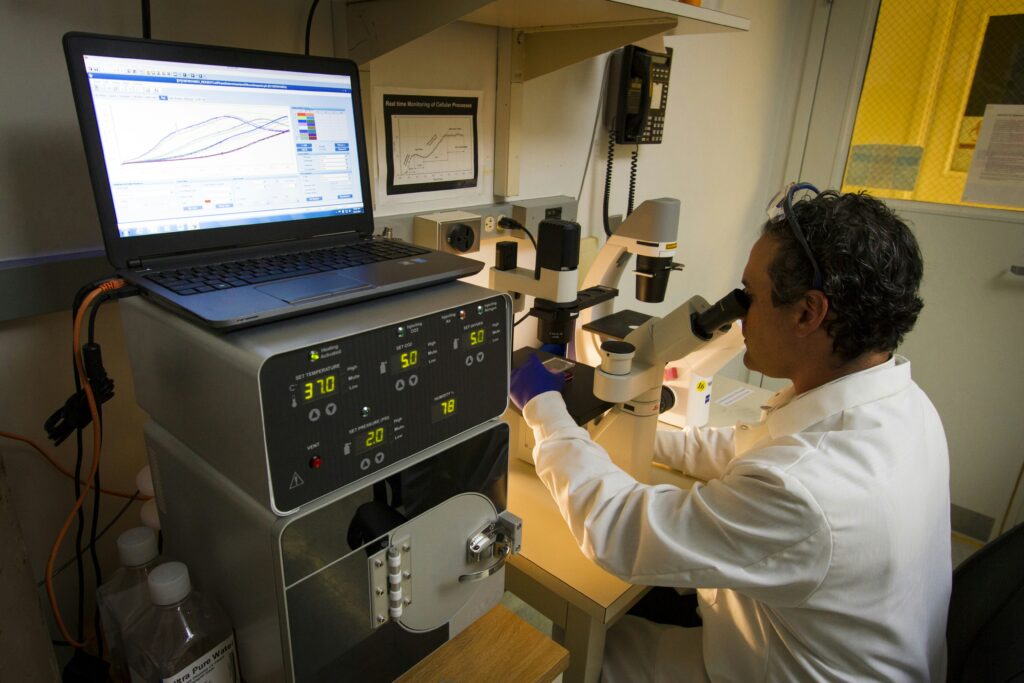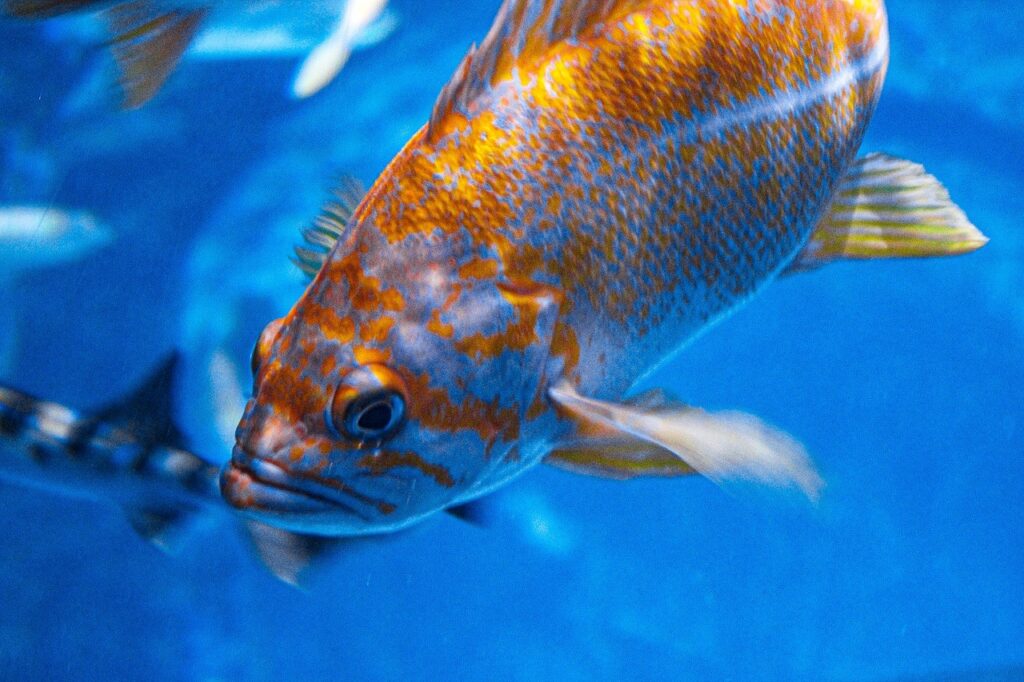Have you ever noticed your fish swimming awkwardly or floating sideways and wondered why? Today, in our article Swim Bladder Disease Explained and Treated, you’ll delve into the intriguing world of swim bladder disease, a common ailment affecting the buoyancy of your aquatic friends.
We will offer an easy-to-understand explanation of the disease, its causes, symptoms to look out for, and practical treatment options that can help your fish get back to their happy, healthy selves. With friendly advice and expert insights, you’ll be well-equipped to care for your beloved underwater companions.
What is Swim Bladder Disease?
Swim bladder disease, also known as swim bladder disorder, is a common condition that affects a fish’s ability to control its buoyancy. The swim bladder is an internal gas-filled organ that helps fish maintain their position in the water column without expending much energy. When the swim bladder stops working correctly, it can cause the fish to float unnaturally or sink to the bottom.
The Anatomy of Swim Bladder
Understanding the anatomy of the bladder helps in grasping how this crucial organ functions. The swim bladder is typically located in the fish’s dorsal cavity and is filled with gases like oxygen, nitrogen, and carbon dioxide. By adjusting the gas volume, fish can ascend or descend in the water.
| Component | Function |
|---|---|
| Gas Gland | Introduces gases into the swim bladder |
| Oval Body | absorbs gases into the bloodstream |
| Wall of Bladder | Muscle and connective tissue that can contract or expand |
Symptoms of Swim Bladder Disease
To properly address swim bladder disease, you need to recognize its symptoms. These signs can vary based on the severity of the problem:
- Unusual Swimming Patterns: Fish might float on their sides, swim in circles, or seem unable to maintain their upright orientation.
- Buoyancy Issues: Fish may float to the top or sink to the bottom and struggle to stay in one place.
- Physical Deformities: Swelling in the abdomen or a noticeably bloated appearance.
- Lethargy: Affected fish may exhibit reduced activity and spend more time at rest.
Causes of Swim Bladder Disease
Now that you know what to look for, it’s essential to understand what might be causing the issue. Several factors can contribute to swim bladder disease:
Overfeeding
One of the most common causes is overfeeding or feeding with the wrong types of food. When fish consume too much food or air, it can lead to constipation, which in turn exerts pressure on the swim bladder and causes it to malfunction.
Poor Water Quality
High levels of ammonia, nitrites, or nitrates can be harmful to fish. Poor water quality stresses the fish and may lead to swim bladder disease.
Physical Injury
Any physical trauma or injury can affect the swim bladder. This is often seen in aggressive fish or those living in environments with sharp objects.
Genetic Factors
Some fish are genetically predisposed to developing swim bladder disease. This is common in goldfish and certain types of fancy fish with unique body shapes.

Diagnosis of Swim Bladder Disease
Proper diagnosis is crucial for effective treatment. While you might observe symptoms, a veterinarian specializing in aquatic creatures can provide a definitive diagnosis through several methods.
Physical Examination
A vet will usually start with a physical examination to look for signs of trauma, infection, or blockages that could be affecting the swim bladder.
Radiographs (X-rays)
X-rays help vets get a clear picture of the swim bladder and surrounding organs. This can identify abnormalities, blockages, or fluid buildup.
Ultrasound
In some cases, an ultrasound might be used to get a different perspective or more detail than X-rays can provide.

Treatment Options for Swim Bladder Disease
Once you have a diagnosis, you can proceed with appropriate treatments. Here are several treatment options ranging from immediate fixes to long-term solutions:
Fasting and Peas
One of the simplest and most effective treatments is fasting your fish for a day or two. This allows the digestive system to clear itself, relieving pressure on the swim bladder. After the fast, feeding your fish small pieces of peas (with skins removed) can help alleviate constipation. Peas act as a mild laxative, helping your fish pass any blockages.
Water Quality Improvement
Regular water changes and testing can improve your tank’s water quality, decreasing the likelihood of swim bladder disease recurrence. Aim to keep ammonia, nitrites, and nitrates at safe levels.
| Parameter | Ideal Range |
|---|---|
| Ammonia | 0 ppm |
| Nitrites | 0 ppm |
| Nitrates | <20 ppm< />d> |
| pH | 6.5 – 7.5 |
Antibiotics
If your vet diagnoses a bacterial infection, antibiotics may be prescribed. It’s crucial to follow the vet’s instructions carefully to avoid complications.
Adjusting Diet
Switch to a high-fiber diet to ensure your fish maintain healthy digestion. Avoid feeding flakey foods that float at the surface, as these can introduce excess air into the digestive system, exacerbating the problem.
Physical Manipulations
In some cases, gently massaging the fish’s abdomen can help expel trapped air or faeces. This should only be done with proper guidance from your vet.

Prevention of Swim Bladder Disease
To keep swim bladder disease at bay, proactive measures are key. Here are several ways you can prevent this disease from affecting your fish:
Balanced Diet
Feed your fish a varied diet that includes high-fiber foods. Pre-soak dry food to prevent air bubbles, and avoid overfeeding.
Maintain Good Water Quality
Regularly test your tank’s water and perform water changes as needed. Using a high-quality filter and not overcrowding your tank can also help.
Avoid Aggressive Tank Mates
Housing fish in a peaceful environment reduces stress and the risk of physical injury. Choose tank mates that are compatible and non-aggressive.
Provide a Healthy Habitat
Ensure your tank has plenty of hiding spots and plants, which help fish feel secure. A well-decorated tank can also reduce stress levels.
Monitor Fish Health
Regularly observe your fish for any signs of illness or unusual behavior. Early detection is key to dealing with swim bladder disease effectively.

Myths and Misconceptions About Swim Bladder Disease
There’s a plethora of misinformation surrounding swim bladder disease. Let’s debunk some of these myths to provide you with clear, accurate knowledge:
Myth: Swim Bladder Disease is Always Fatal
Swim bladder disease is not necessarily a death sentence. Many cases are treatable, especially when caught early and managed appropriately.
Myth: Only Fancy Goldfish Get Swim Bladder Disease
While fancy goldfish are predisposed to swim bladder issues due to their body shape, any fish can be affected.
Myth: Salt Treatments Cure Swim Bladder Disease
Salt treatments can help with stresses and mild infections but aren’t a cure-all. They need to be used judiciously and often in conjunction with other treatments.
Myth: Sedation is Necessary for Examination
While sedation can make it easier to examine your fish, it is not always necessary and is usually reserved for extreme cases or specific diagnostic needs.
Long-Term Management for Prone Fish
Some fish are more prone to swim bladder disease either due to genetic factors or prior health issues. Here’s how you can manage such fish for the long term:
Consistent Diet
Stick to a diet plan that promotes digestive health. High-quality, easily digestible foods are key.
Regular Health Checks
Perform regular checkups by developing a relationship with an aquatic vet. Early detection of problems can substantially improve outcomes.
Stress Reduction
Keep stress levels low by managing tank conditions and avoiding overly aggressive tank mates.
Tailored Habitat
Customize the tank environment to meet the specific needs of your fish. Smoother substrates, proper water flow, and adequate space can all contribute to health and well-being.

Swim Bladder Disease Explained and Treated
Understanding swim bladder disease is crucial for any fish owner. By recognizing the symptoms, identifying the causes, and implementing effective treatment and prevention strategies, you can help ensure a long and healthy life for your aquatic friends.
Remember, the key to successfully managing swim bladder disease often lies in early detection and informed, proactive care. Keep an eye on your fish, maintain good water quality, and provide a balanced diet—and you’ll go a long way towards keeping swim bladder disease at bay.
